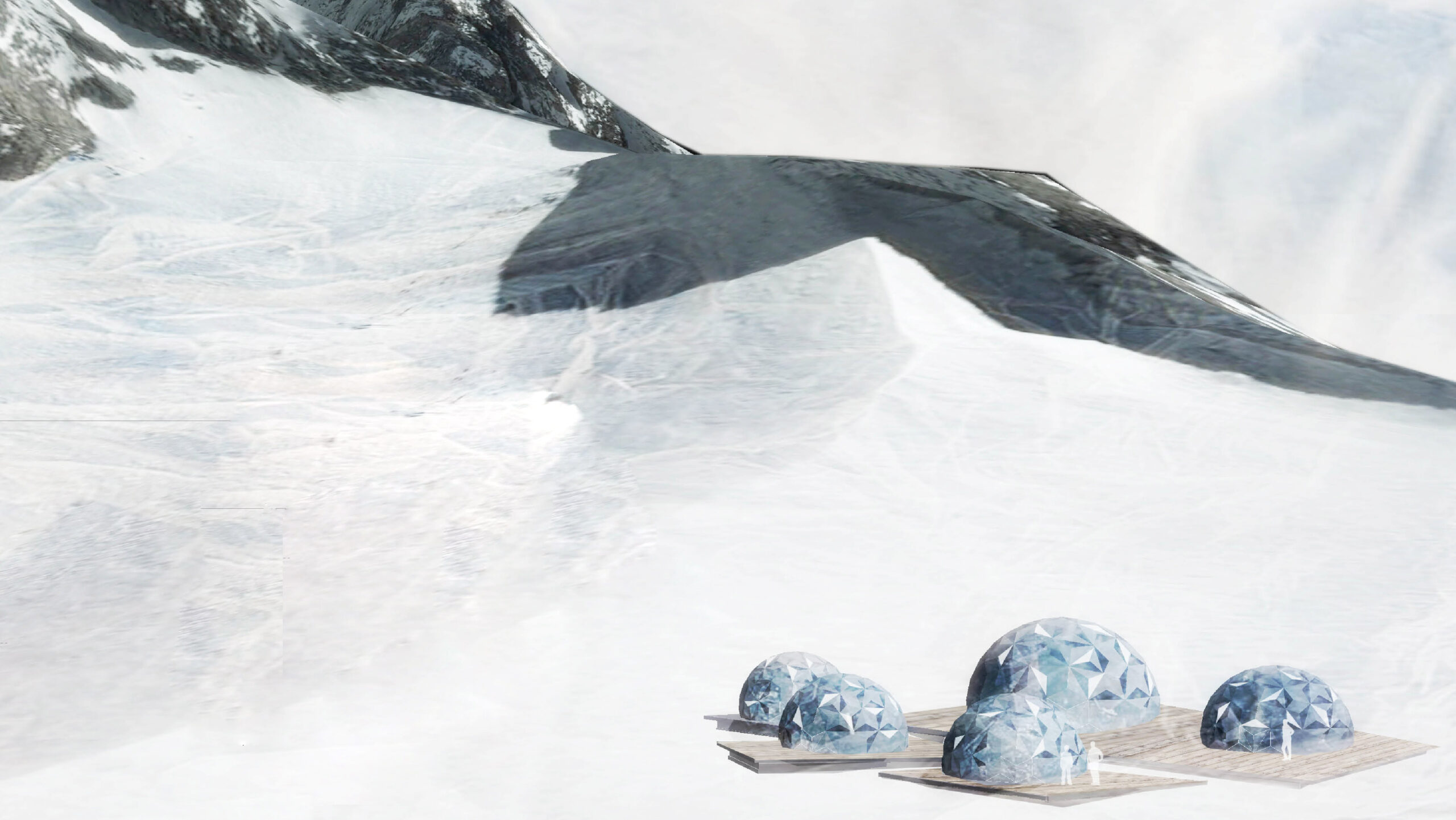Bucharest University Campus
Urban wind turbine feasibility study

Campus Drie Eiken
Wind comfort and safety at pedestrian level and on terraces

Building in Tehran
Preliminary wind analysis

Sky-Walls
Performance of a triple-glazing system with variable heat transfer characteristics
BuildWind was asked by Sky-Walls to perform a study aimed at assessing the performance of their glazing solution by means of CFD simulation. The Sky-Walls system features a triple-glazing equipped with a series of fans in each cavity aimed at controlling the heat transfer characteristics.

Parc Stormy
Impact of new buildings on wind turbine energy output

Fluid dynamic simulation of air flow in an office space with workers
Haseeb Ahmed is an American research-based artist who lives and works in Brussels, Belgium. He produces objects, installations and films. Ahmed integrates methodologies from the hard sciences into his art works. BuildWind was asked by Ahmed to perform a CFD simulation of an office space with workers for Pneuma In and Out (2020). Ahmed’s purpose is to render visible both the otherwise invisible air and labor conditions at stake in work environments, such as in an office space.
Mechelen Train Station
Aerodynamics and wind actions
International Finance Forum
Preliminary wind analysis
Les Docks
Wind of comfort and safety

Wind comfort and safety on a building terrace (France, confidential location)
Computational fluid dynamics is a powerful tool to investigate how wind affects particular areas of a building, such as terraces, balconies, passages, courtyards, in order to guarantee the appropriate level of comfort and safety. Engineers’ expertise is fundamental to identify the architectural elements which can have a significant role in the analysis of the airflow around and inside these areas. On the basis of accurate CFD results, BuildWind engineers are able to suggest innovative or convenient solutions to mitigate possible fluid dynamic issues.
Himalayan mountain hut
This study has been commissioned by Sara Gottardo, an architect based in Paris, for an international architectural competition. Participants were asked to submit clever and inventive proposals for a feasible and efficient Himalayan Mountain Hut to be positioned along any of the trekking trails in order to provide trekkers safe, comfortable and inviting lodgings. The core of this project is the dome. BuildWind performed simulations of the aerodynamics and heat transfer in order to assess the technical feasibility of the project.






